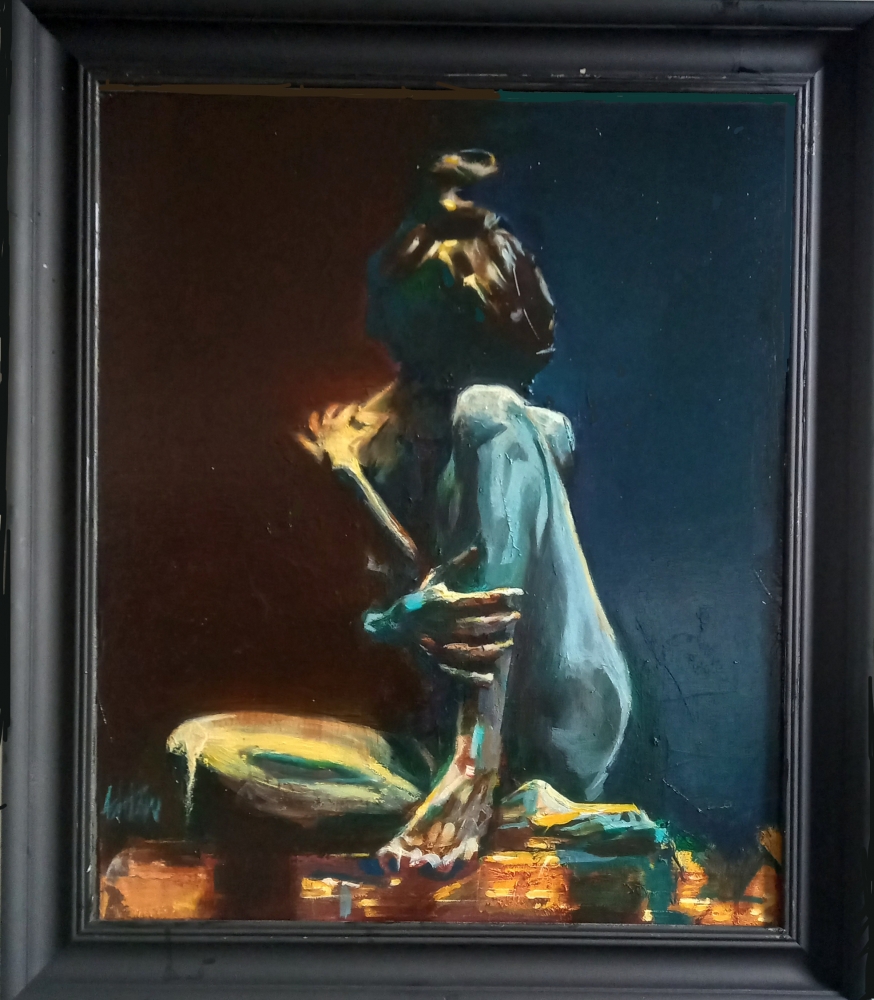The Art World
Guidebook for British art. Chapter 3. Crown and canvas: The influence of Royal patronage
Introduction
This chapter delves into the symbiotic relationship between British royalty and the arts. From the lavish commissions of monarchs to the flourishing courtly culture, royal patronage has played a pivotal role in shaping the trajectory of British art, leaving an indelible mark on the canvas of history.
 Glo 2. Paul Ashton
Glo 2. Paul Ashton
The Tudor renaissance: Portraiture and power
The Tudor era witnesses a Renaissance in England, characterized by a flourishing of artistic patronage. We explore the vibrant portraits commissioned by Henry VIII and Elizabeth I, capturing not only their likeness but also the aura of power and majesty that defined the Tudor court.
The Stuart dynasty: Baroque splendor
As the Stuarts ascend to the throne, Baroque aesthetics take center stage. The grandeur of courtly life is reflected in the opulent works of Sir Peter Lely, court painter to Charles II, who immortalized the Restoration era with his sumptuous and sensuous portraits.
The Georgian epoch: Gainsborough, Reynolds and grand landscapes
The Georgian era witnesses a shift in artistic taste, with portraits becoming more intimate and landscapes gaining prominence. Thomas Gainsborough and Joshua Reynolds emerge as prominent figures, capturing the changing dynamics of society and the natural beauty of the British countryside.
The Victorian age: Albert, Victoria and cultural renaissance
Queen Victoria and Prince Albert's passion for art ushers in a cultural renaissance during the Victorian era. We explore the influence of the royal couple on the Pre-Raphaelite Brotherhood, the Great Exhibition of 1851, and the creation of cultural institutions that continue to shape the art landscape.
Edwardian elegance: Sargent, Orpen and society portraiture
As we transition into the Edwardian era, we uncover the society portraiture of John Singer Sargent and William Orpen. The shimmering elegance of the Belle Époque is captured on canvas, reflecting the sophistication and changing social dynamics of the early 20th century.
The Windsors: Modern royalty and artistic allure
The Windsors, particularly King George VI and Queen Elizabeth, bring a modern sensibility to royal patronage. This chapter explores their support for contemporary artists and the intersection of art with the monarchy during a time of societal upheaval and recovery after World War II.
Contemporary royal connections: Charles, Diana and beyond
As we approach the contemporary era, we delve into the artistic endeavors and cultural connections of the British royal family. From Prince Charles's passion for watercolor painting to the iconic images associated with Princess Diana, we explore how the monarchy continues to engage with and influence the arts.
Royal collections: Treasures on display
Our journey concludes with an exploration of the magnificent royal collections housed in institutions like the Royal Collection Trust. We uncover the treasures amassed over centuries, offering a glimpse into the artistic legacy fostered by royal patronage that remains accessible to the public.
This chapter reflects on the enduring impact of royal patronage on British art. From the grandeur of the Tudor court to the cultural renaissance of the Victorians and the modern engagements of the Windsors, the intertwined history of royalty and the arts has left an indelible imprint on the canvas of British cultural heritage. Join us in the forthcoming chapters as we delve into the lives and masterpieces of artists who navigated the corridors of power and creativity.